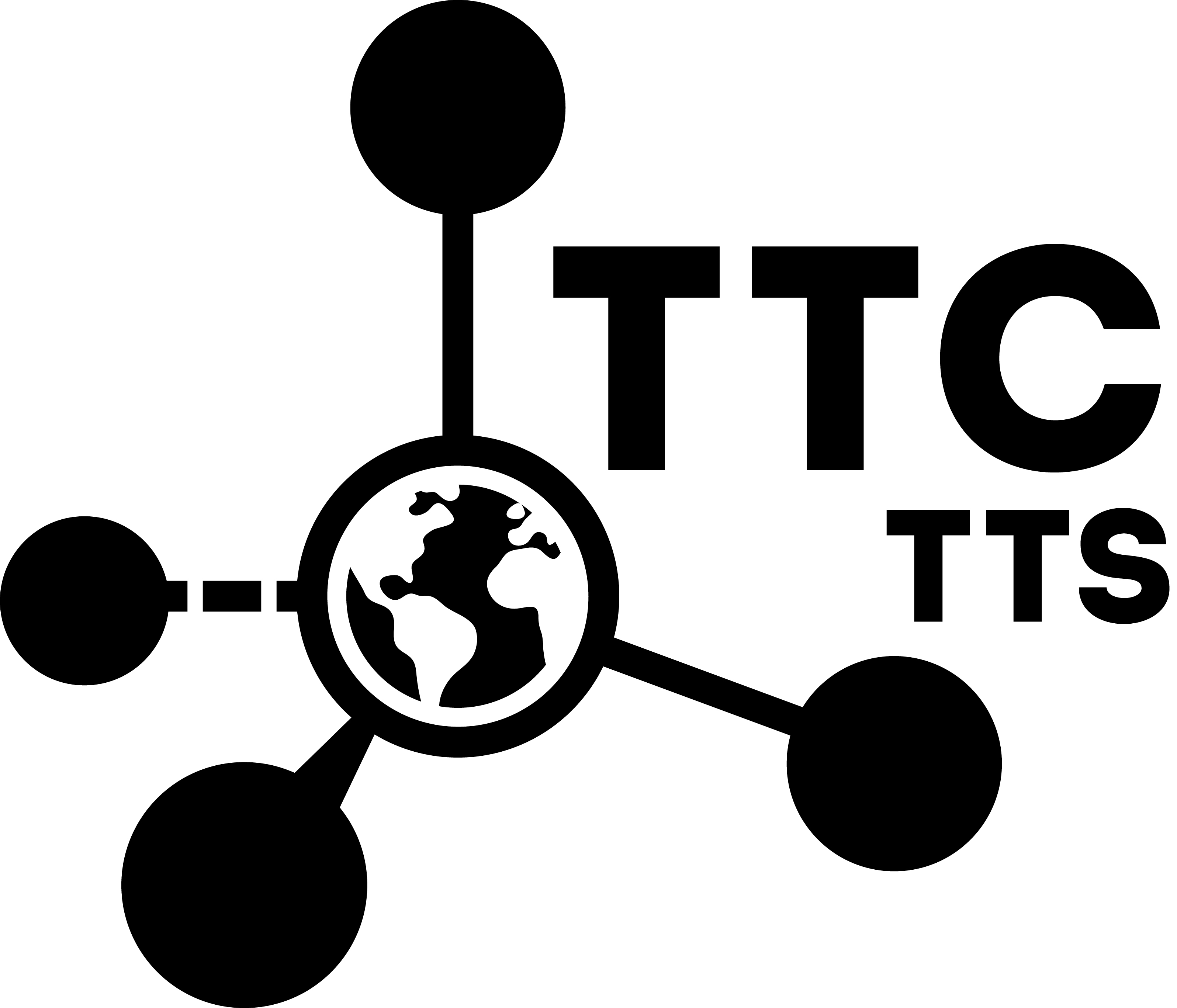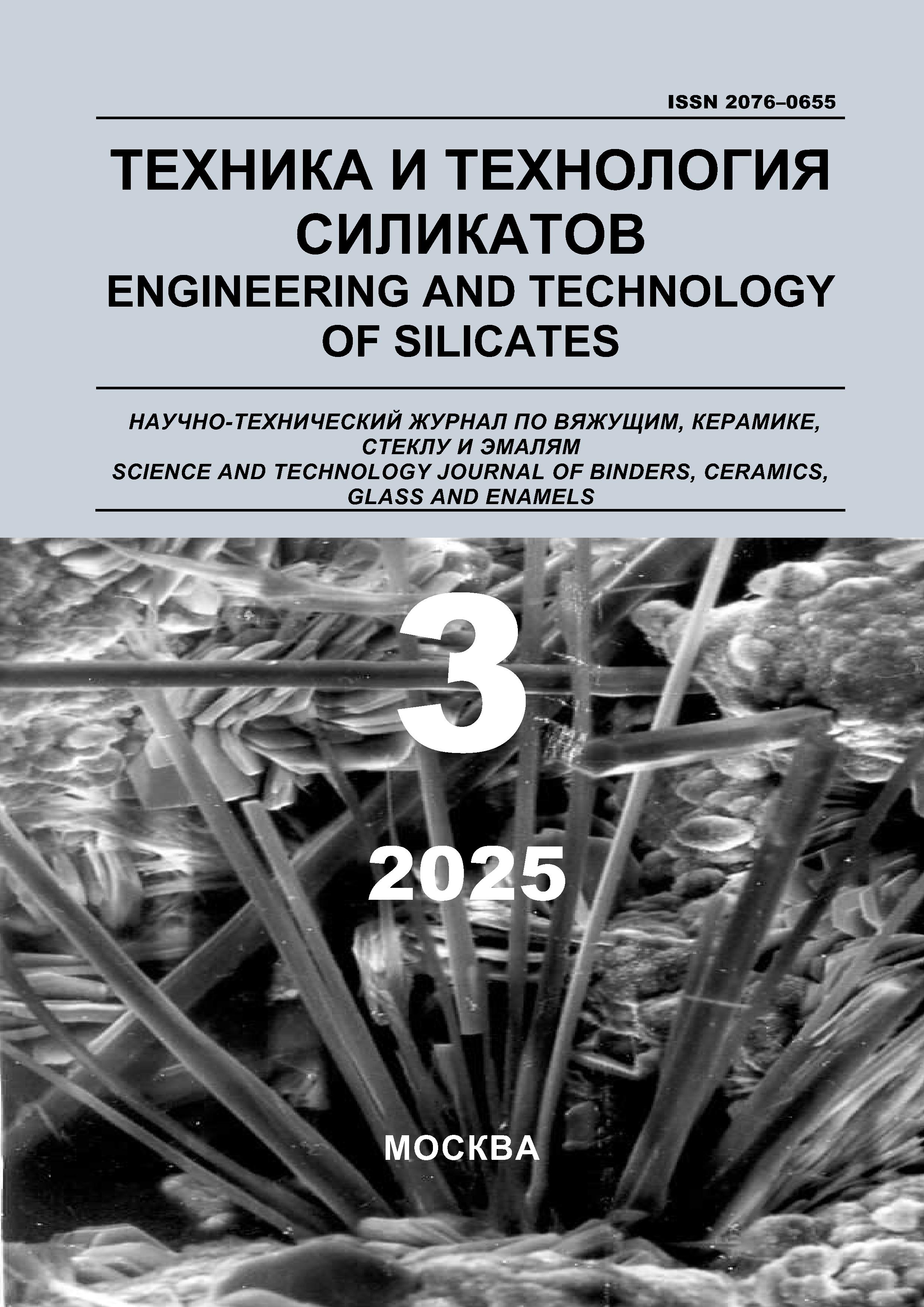employee
Irkutsk National Research Technical University (Research Laboratory of Construction Materials and Technologies, Head)
employee
Irkutsk, Irkutsk region, Russian Federation
employee
Kazan, Kazan, Russian Federation
UDC 666.3.017
CSCSTI 61.35
Russian Classification of Professions by Education 08.06.01
Russian Library and Bibliographic Classification 38
Russian Trade and Bibliographic Classification 54
The article presents the results of studies aimed at assessing the efficiency of using pressing equipment that has a difference in design features, namely the ability to transmit load simultaneously in two and one direction, with equivalent pressing pressure. The relevance of the study is due to the validity of the choice of pressing equipment for the production of ceramics from hydro-removal ashes (HRAs). At the initial stage, the object of the research was a raw sample made from HRAs ThPP-10 on two types of pressing equipment, and then a ceramic sample obtained as a result of firing the raw material. The article presents the physical and mechanical characteristics of raw samples and ceramic samples, and evaluates their changes depending on the type of pressing equipment used in molding. It is shown that the strength of green samples obtained on pressing equipment capable of transmitting load in two directions is almost twice as high as the strength of green samples produced on pressing equipment providing pressure in one direction, 2.1 MPa versus 1.1 MPa, respectively. The influence of the type of pressing equipment on changes in the physical and mechanical characteristics of the ceramic shard is traced not so significantly, 75.4 MPa versus 72.3 MPa, respectively. The obtained research results indicate the fundamental possibility of industrial use of pressing equip-ment of both types. However, the use of pressing equipment capable of transmitting force in two directions simultaneously may be preferable, since ensuring the highest green strength for facing products is one of the key factors in ensuring surface quality.
hydro-removal ash, ash ceramics, thermal power plant ash, raw strength, strength of ceramic shards.
1. Rasporyazhenie Pravitel'stva Rossiyskoy Federacii ot 10 maya 2016 goda №868-r «Ob strategii razvitiya promyshlenno-sti stroitel'nyh materialov na period do 2030 goda» // So-branie zakonodatel'stva RF. 2018. № 6.
2. ARVIS: Agentstvo Razvitiya Vtorichnogo Ispol'zovaniya Syr'ya [Elektronnyy resurs]. – [B. d.]. – URL: https://arvis.online/ (data obrascheniya: 16.05.2025).
3. Pichugin E.A. Analiticheskiy obzor nakoplennogo v Ros-siyskoy Federacii opyta vovlecheniya v hozyaystvennyy obo-rot zoloshlakovyh othodov teploelektrostanciy // Ekologiya i promyshlennost' Rossii. 2019. № 1. S. 77–87. EDN: https://elibrary.ru/MNEMSX. http://doi.org/10.24411/1728-323X-2019-14077
4. Gur'eva V.A., Doroshin A.V. Primenenie zoloshlakovoy keramiki dlya maloetazhnogo stroitel'stva // Stroitel'nye materialy. 2022. № 4. S. 6–10. EDN: https://elibrary.ru/QMTBDJ. http://doi.org/10.31659/0585-430X-2022-801-4-6-10
5. Minakova P.S., Taskin A.V., Nadtochiy I.I. Proizvodstvo vysokoprochnoy keramiki iz zoloshlakovyh othodov // Ten-dencii razvitiya nauki i obrazovaniya. 2021. № 10. S. 105–107. EDN: https://elibrary.ru/NSNYMX. http://doi.org/10.18411/trnio-10-2021-69
6. Abdrahimova E.S. Obrazovanie zoly legkoy frakcii i ispol'zovanie ee v proizvodstve plitok dlya polov // Ugol'. 2019. № 11. S. 64–66. EDN: https://elibrary.ru/EAPQLA. http://doi.org/10.18796/0041-5790-2019-11-64-66
7. Abdrahimov V.Z. Vliyanie zoloshlaka i karbonatnogo shla-ma na fiziko-mehanicheskie pokazateli i fazovyy sostav ke-ramicheskogo kirpicha // Izvestiya vuzov. Stroitel'stvo. 2023. № 10. S. 45–59. EDN: https://elibrary.ru/FHNNZU. http://doi.org/10.32683/0536-1052-2023-778-10-45-59
8. Buravchuk N.I., Gur'yanova O.V., Parinov I.A. Ispol'zo-vanie tehnogennogo syr'ya v tehnologii keramiki // Otkrytaya keramika. 2024. T. 18. S. 100578. EDN: https://elibrary.ru/WOQESR. http://doi.org/10.1016/j.oceram.2024.100578
9. Shahov S.A. Model'nye predstavleniya o formirovanii struktury i fazovogo sostava zologlinyanoy keramiki // Iz-vestiya vuzov. Stroitel'stvo. 2024. № 5. S. 69–76. EDN: https://elibrary.ru/OGWAPQ. http://doi.org/10.32683/0536-1052-2024-785-5-69-76
10. Huan Yu.-M., Chen' K.-S., Chen' K.-S., Lay Dzh.-V. Ispol'-zovanie promyshlennoy zoly shlama v proizvodstve kirpicha i povyshenie kachestva // Materialy. 2024. T. 17, № 11. S. 2568. http://doi.org/10.3390/ma17112568
11. Nurpeisova M., Nurlybaev R., Orynbekov Yu., Iskakov A. Issledovanie i ispol'zovanie zoloshlakovyh othodov dlya proizvodstva stroitel'nyh materialov // Gornyy zhurnal Kazahstana. 2024. № 3. S. 35–40. http://doi.org/10.48498/minmag.2024.227.3.003
12. Kusiorovski R., Gerle A., Dudek K., Zvyazek K. Primene-nie ostatkov sgoraniya kamennogo uglya v proizvodstve kera-micheskih stroitel'nyh materialov // Construction and Building Materials. 2021. T. 304. S. 124506. EDN: https://elibrary.ru/IJWWNI.. http://doi.org/10.1016/j.conbuildmat.2021.124506
13. Arykbaev K.B. Razrabotka sostavov i tehnologii proiz-vodstva keramicheskih materialov na osnove zoloshlakovyh othodov TEC: dis. … kand. tehn. nauk. Bishkek: Kyrgyzskiy gosudarstvennyy universitet stroitel'stva, transporta i arhitektury, 2020. 147 s. URL: https://arch.kyrlibnet.kg/uploads/KGUSTA.ARYKBAEV%20KANATBEK%20BAJYSHBEKOVICH.2020.DISS.pdf
14. Makarenko S.V., Gonzhitov A.B., Hozin V.G. Perspektivy primeneniya zol gidroudaleniya Irkutskoy oblasti v kachestve osnovnogo syr'ya dlya proizvodstva stroitel'noy keramiki // Stroitel'nye materialy. 2025. № 4. S. 45–51. http://doi.org/10.31659/0585-430X-2025-834-4-45-51 .
15. Makarenko S.V., Gonzhitov A.B., Hohryakov O.V., Hozin V.G. Ocenka vliyaniya tehnologicheskih faktorov na svoystva stroitel'noy keramiki na osnove zoloshlakovyh smesey TEC OAO «Irkutskenergo» // Izvestiya KGASU. 2023. № 4 (66). S. 233–240. EDN: https://elibrary.ru/NGAEYB. http://doi.org/10.52409/20731523_2023_4_233









